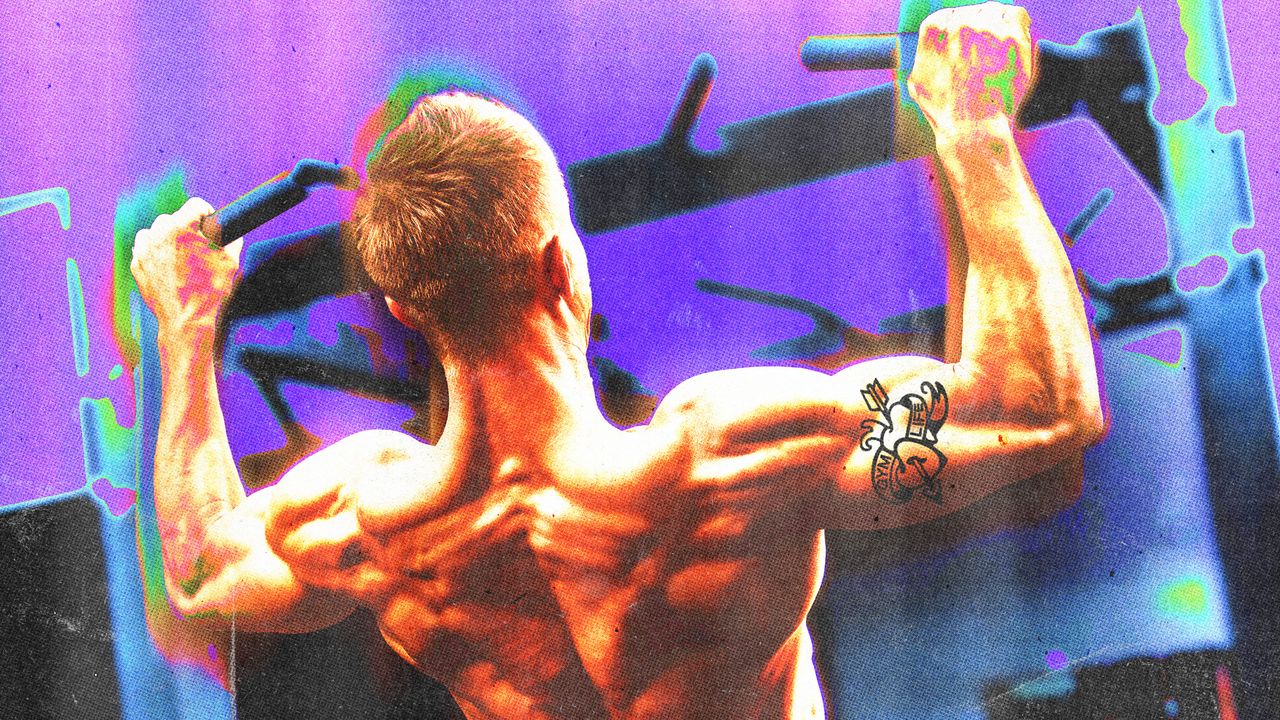For fitness purposes we can roughly divide the body into three sections: the lower body (legs), the core (abs), and upper body (everything from the chest up including arms, shoulders, and back—but not your head, you don’t need to exercise your head in the gym). Bench press, shoulder press, flys, shrugs, etc. all constitute upper body exercises.
“When we talk about upper body exercises, we’re commonly talking about exercises which impact the pectorals, deltoids, triceps, biceps, lats, and traps,” says Kosta Telegadas, head coach and founder of Telegadas Performance Training.
Telegadas is quick to point out that we often forget our forearms and rotator cuffs when training upper body. They are vital for grip strength and encouraging a full range of motion, respectively.
“These areas are sometimes overlooked as they aren’t massive ‘show muscles’, even though they play an important role in the function of other moves like the bench press, pull-ups, bent-over row, and overhead press.”
How they help in daily life
Working on your upper body has a plethora of practical applications.
“The invention of smartphones, and the prevalence of desk-bound work culture have contributed to a trend of poor posture, which often displays itself with a forward neck position, and generally slouched upper back and rounded shoulders,” says Wes Santos, coach and owner of Instate Fitness.
Turns out, Santos says, that working on your upper body can significantly help improve negative posture, with knock-on effects for your performance, longevity and even your mood.
“Weight training as a whole helps keep your bones and joints strong, which can protect you against injury and joint disease,” says Lee Brown, senior lecturer in Strength & Conditioning at the University of East London. “Upper body exercises have the specific benefits of improving mobility and range of motion applicable in everyday activity such as lifting, carrying shopping [bags] and more.”
How training upper body helps fitness
